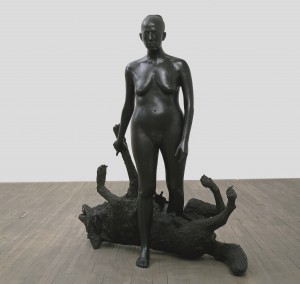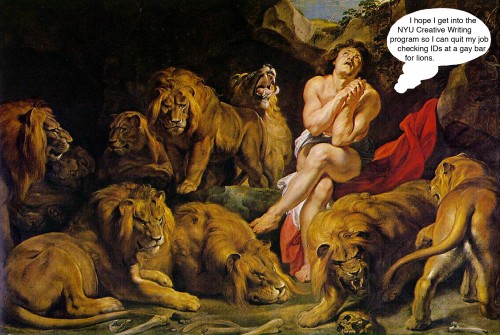Viktor Shklovsky wants to make you a better writer, part 1: device & defamiliarization
When I was finishing up my Master’s degree at ISU, I worried that I still didn’t know much about writing—like, how to actually do it. My mentor Curtis White told me, “Just read Viktor Shklovsky; it’s all in there.” So I moved to Thailand and spent the next two years poring over Theory of Prose. When I returned to the US in the summer of 2005, I sat down and started really writing.
I’ve already put up one post about what, specifically I learned from Theory of Prose, but it occurs to me now that I can be even more specific. So this will be the first in a series of posts in which I try to boil ToP down into a kind of “notes on craft,” as well as reiterate some of the more theoretical arguments that I’ve been making both here and at Big Other over the past 2+ years. Of course if this interests you, then I most fervently recommend that you actually read the Shklovsky—and not just ToP but his other critical texts as well as his fiction, which is marvelous. (Indeed, Curt has since told me that he didn’t mean for me to focus so much on ToP! But I still find it extraordinarily useful.)
Let’s talk first about where Viktor Shklovsky himself started: the concepts of device and defamiliarization.
Reconcile the following two thoughts:
- The only market for poetry today is other poets.
- There are too many MFA programs, and too many poets.
There’s a new addition to my recent roundup of discussions about MFAs. Anis Shivani hates MFA programs. Or something. Sadly, the article reads more like the author is trying too hard to be… something. I found it difficult to take the writing seriously because it was so over the top. I love this response from Jason at The Barking. It’s something too. Who pissed in the Wheaties of everyone who loves to rail against MFA programs?
Kiki Smith
 I feel cross-influenced. By that I mean that some visual artists and musicians have as much influence on my writing as writers do, often more. For this reason I want to show you some pictures of work by Kiki Smith, a visual artist who makes incredible objects.
I feel cross-influenced. By that I mean that some visual artists and musicians have as much influence on my writing as writers do, often more. For this reason I want to show you some pictures of work by Kiki Smith, a visual artist who makes incredible objects.
I realize that a lot of HTMLgiant readers might feel like the art world is another planet. It often feels that way if you go to an art gallery opening to mooch free wine or the MoMa on a busy afternoon. Maybe you were stoned all the way through your Art History 101 class in high school or college or maybe you never took one or maybe your teacher was unforgivably snobbish. Maybe it seems like 90% of the “contemporary art” you’ve seen shouldn’t be called art at all. That might be true. I don’t know. I just know there are a lot of living artists that I love because I get that giddy-faced-piss-my-pants feeling when I see their work in real life. Kiki Smith is probably at the top of this list of Artists Who Are Like Writers.
I feel like writers and visual artists have a lot more in common than we often acknowledge. Writing and making objects are lonely endeavors. We’re both trying to get something that is so clear in our brains to be just as clear to other people. READ MORE >



